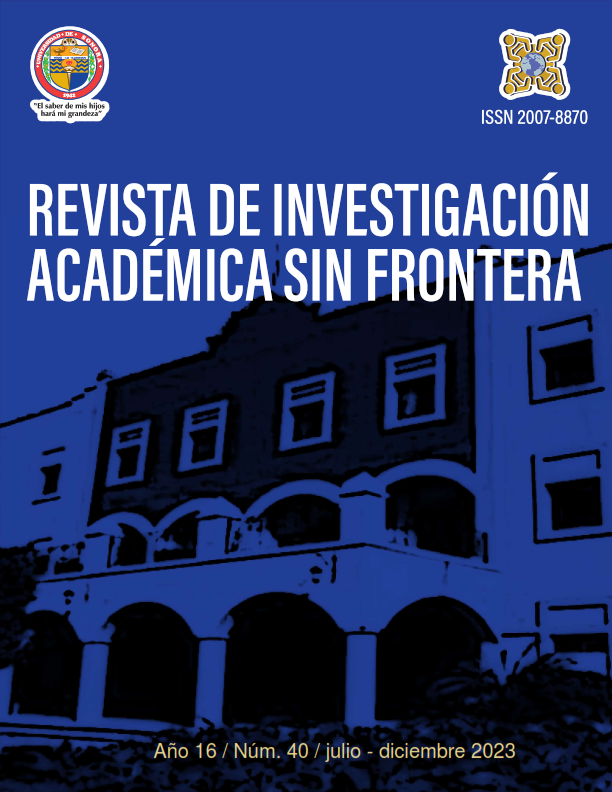New Method for the Analysis of the Climate and Job Satisfaction Using the Statistical Criterion of Homoscedasticity and Outliers
DOI:
https://doi.org/10.46589/rdiasf.vi40.577Keywords:
Laboral climate, Job satisfaction, Human capital, Heterocedasticity, OrganizationsAbstract
The study on the relationship between climate and job satisfaction has had a significant impact on different organizations and institutions, with the aim of assessing the effect of these psychological concepts on the performance of human capital, ensuring performance, commitment, and production. Establishing a comprehensive method that rigorously analyzes the different relationships that exist between the climate and job satisfaction, becomes an alternative to achieve improvements in the process, which contribute to an analysis guide to deepen their relationship and detect weak aspects to achieve better job performance that benefits the company or institution and the worker, ensuring their job security and health. Therefore, the objective of this research focuses on developing a comprehensive method that allows understanding the characteristics of the relationships between the factors of climate and job satisfaction and the detection of opportunities for improvement from the theoretical perspective of the statistical criterion of homoscedasticity and the detection of outliers in normal univariate samples.
Downloads
Downloads
Published
How to Cite
Issue
Section
License
Copyright (c) 2023

This work is licensed under a Creative Commons Attribution-NonCommercial-NoDerivatives 4.0 International License.






